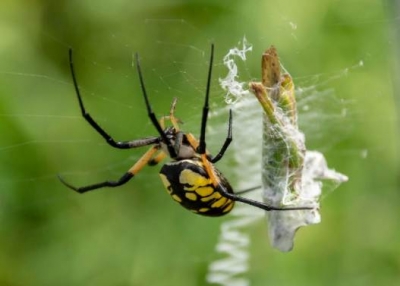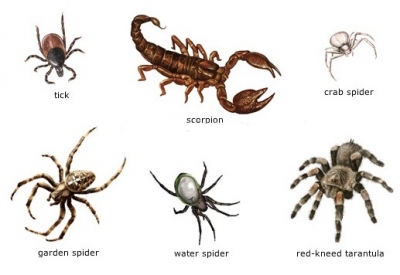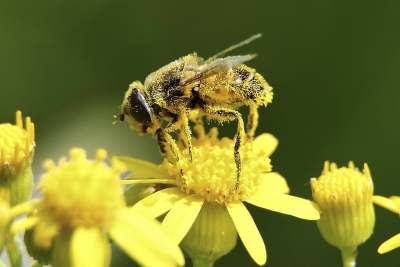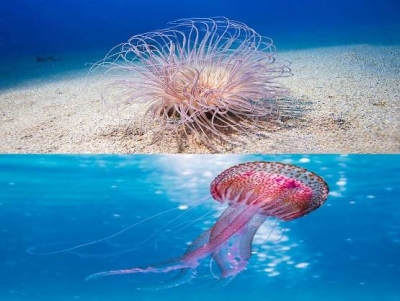
The Web Weavers
Many kinds of spiders spin webs to catch flying insects. Each kind of spider makes its own special kind of web, from small, sticky traps to large, tightly woven nets. Orb spiders make webs with threads that stretch from the centre like the spokes of a bicycle wheel. Black widow spiders make tangled webs. Grass spiders make webs like little sheets.
Spider webs are made of silk that comes out of the spider’s body. The silk is a liquid that forms a thin, strong thread when air touches it. After a spider spins its web, it hangs underneath it or hides nearby. An insect caught in the web shakes the web as it struggles, telling the spider that dinner is ready!
Some spiders have other ways to catch their food. Wolf spiders and lynx spiders chase insects. Jumping spiders catch insects by jumping on them. Some spiders even like to fish! They wait beside a stream or pond and catch water insects that swim past.










